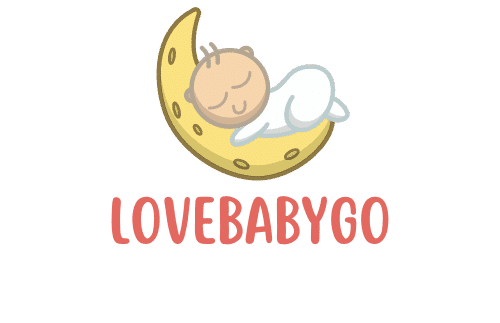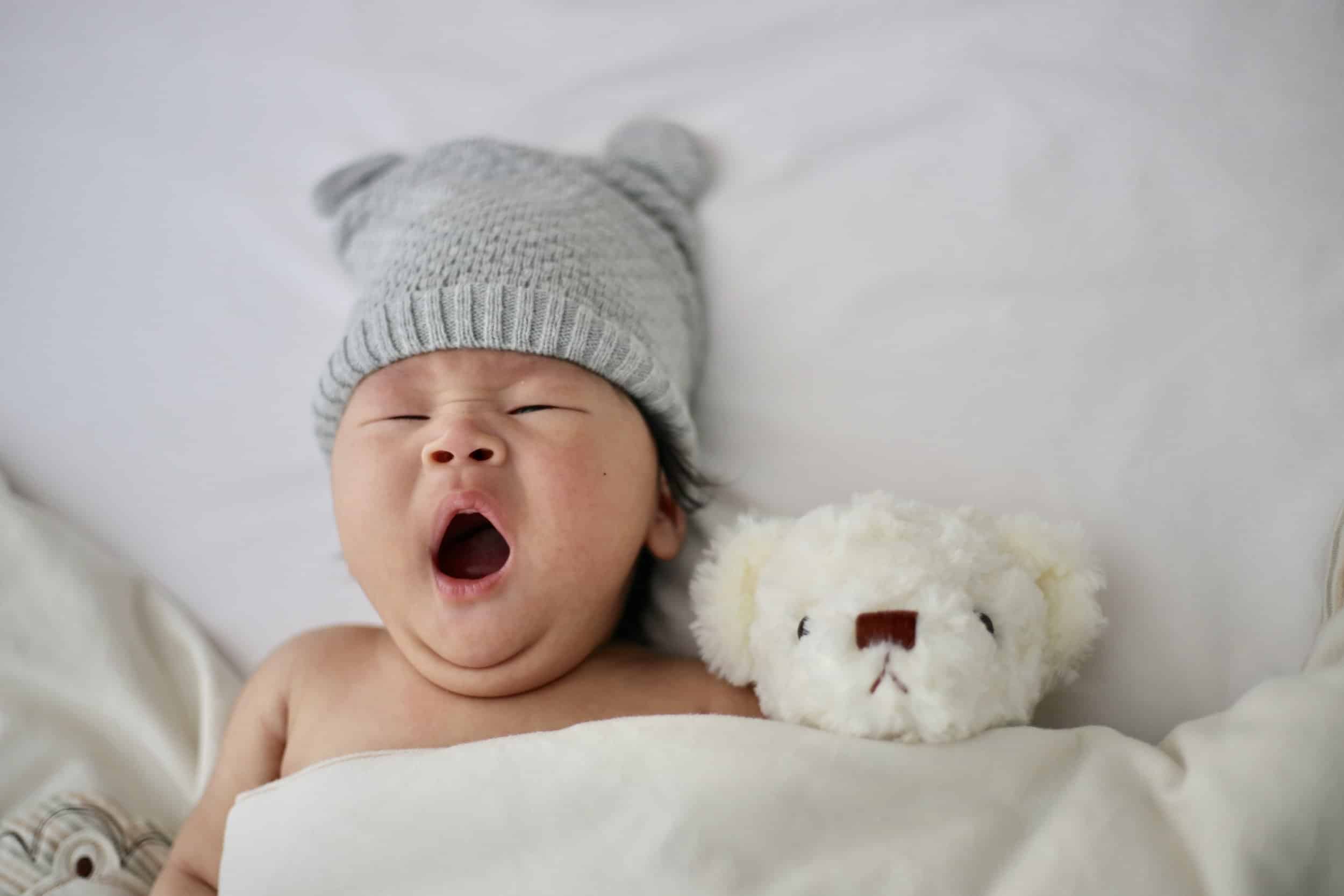As a parent, ensuring that your baby has access to safe and nutritious food is a top priority. Whether you’re preparing homemade baby food or using store-bought options, proper baby food storage is essential to maintain freshness, nutritional value, and most importantly, safety.
In this article, we’ll provide you with a comprehensive guide on how to store baby food safely, whether it’s purees, homemade meals, or leftovers from your baby’s plate.
Storing Homemade Baby Food
Making your own baby food can be a rewarding and cost-effective option. Here’s how to store homemade baby food:
- Cooling: Allow freshly prepared baby food to cool to room temperature before refrigerating or freezing it. This prevents condensation and helps maintain food quality.
- Refrigeration: Store homemade baby food in airtight containers in the refrigerator for up to 48 hours. Glass or BPA-free plastic containers with tight-fitting lids work well. Label containers with the date to keep track of freshness.
- Freezing: If you have more baby food than your baby can consume in a few days, freezing is an excellent option. Use ice cube trays or silicone baby food storage trays to portion and freeze food in small servings. Once frozen, transfer the cubes to a freezer-safe bag or container, and label with the date. Homemade baby food can be stored in the freezer for up to three months.
- Thawing: When you’re ready to use frozen baby food, thaw it in the refrigerator or by placing it in a bowl of warm water. Never thaw baby food at room temperature, as this can promote bacterial growth.
Storing Commercial Baby Food
If you’re using store-bought baby food, follow these guidelines for proper storage:
- Check Expiration Dates: Always check the expiration date on commercial baby food jars or pouches before purchase. Choose products with the longest shelf life.
- Refrigeration: Once opened, store any leftover baby food in the refrigerator and use it within 24 to 48 hours. Seal the container tightly with its original lid or transfer the contents to an airtight container if the original packaging isn’t resealable.
- Avoid Double Dipping: To prevent contamination, never feed your baby directly from the baby food jar or pouch. Use a clean spoon to transfer a portion to a separate dish for feeding.
- Discard Unused Portions: If your baby doesn’t finish a serving, discard any leftover food in the dish to prevent bacteria from multiplying.
General Baby Food Storage Tips
- Keep It Clean: Always wash your hands and any utensils or containers used for baby food preparation thoroughly. Cleanliness is vital for your baby’s health.
- Use FIFO Method: When storing multiple portions, practice the “first in, first out” method. Use the oldest baby food first to prevent any items from expiring.
- Avoid Cross-Contamination: Store baby food away from raw meats, poultry, and seafood in the refrigerator and freezer to prevent cross-contamination.
- Maintain Safe Temperatures: Ensure that your refrigerator is set at 40°F (4°C) or lower to prevent bacterial growth. Your freezer should be set at 0°F (-18°C) or lower for safe long-term storage.
Conclusion
Proper baby food storage is essential to maintain the safety and quality of your baby’s meals. Whether you’re preparing homemade baby food or using commercial options, following these guidelines will help ensure that your little one receives the freshest and healthiest nourishment possible.
With the right storage techniques, you can provide your baby with safe and delicious meals every day.











